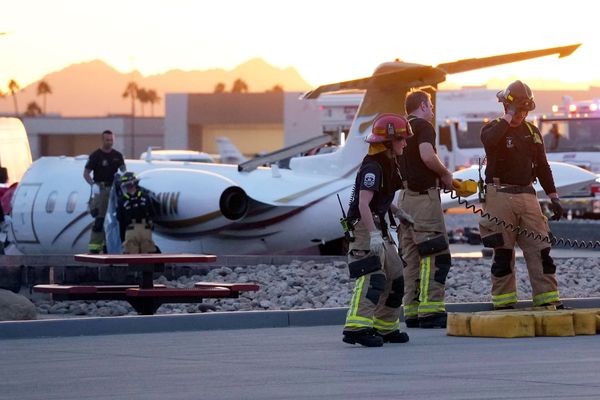
Did you see the Perseid meteor shower this week? The northern hemisphere’s favorite display of shooting stars—largely because it occurs in summer, but also for its prolific nature—peaked this week in unusually dark skies.

On the peak night in the early hours of Thursday, August 12 up to 50 “shooting stars” per hour were glimpsed by some.
Although displays of shooting stars occur regularly and mostly predictably in the night sky, it helps hugely if they’re observed in skies free of light pollution.
That means the best views of more and brighter shooting stars were had by those under dark skies.
However, the biggest light-polluter of all all—by a long way—is the Moon. While a full or bright Moon can ruin a display of shooting stars, that wasn’t the case this week when a small crescent Moon had set by the time the show got underway.

When particles of dust and debris from comets, called meteoroids, strike Earth’s atmosphere and burn-up, they cause shooting stars. Those particles release energy in the form of photons of light.

The best time to see shooting stars is after midnight when Earth is moving into the streams of dust and debris that cause them.

Left in the inner Solar System by a giant comet called 109P/Swift-Tuttle, it’s only after midnight that Perseids get brighter, fast-moving (up to 37 miles/60km/sec) and higher in the sky.
Although they can appear anywhere in the night sky, the Perseids appear to originate from an area of the night sky with the constellation of Perseus in the background. Perseus rises alert dark in the northeast in the norther hemisphere at this time of year.

The next meteor shower is the Orionids, which peak on October 20-21, 2021. It’s the result of debris leftover from Halley's Comet, but it only brings about 10-20 shooting stars per hour and will occur under a bright Moon.

In 2022 the Perseid meteor shower will peak on the nights of August 12/13, just a few hours after a full Moon, so will be almost a compete washout.
Wishing you clear skies and wide eyes.







